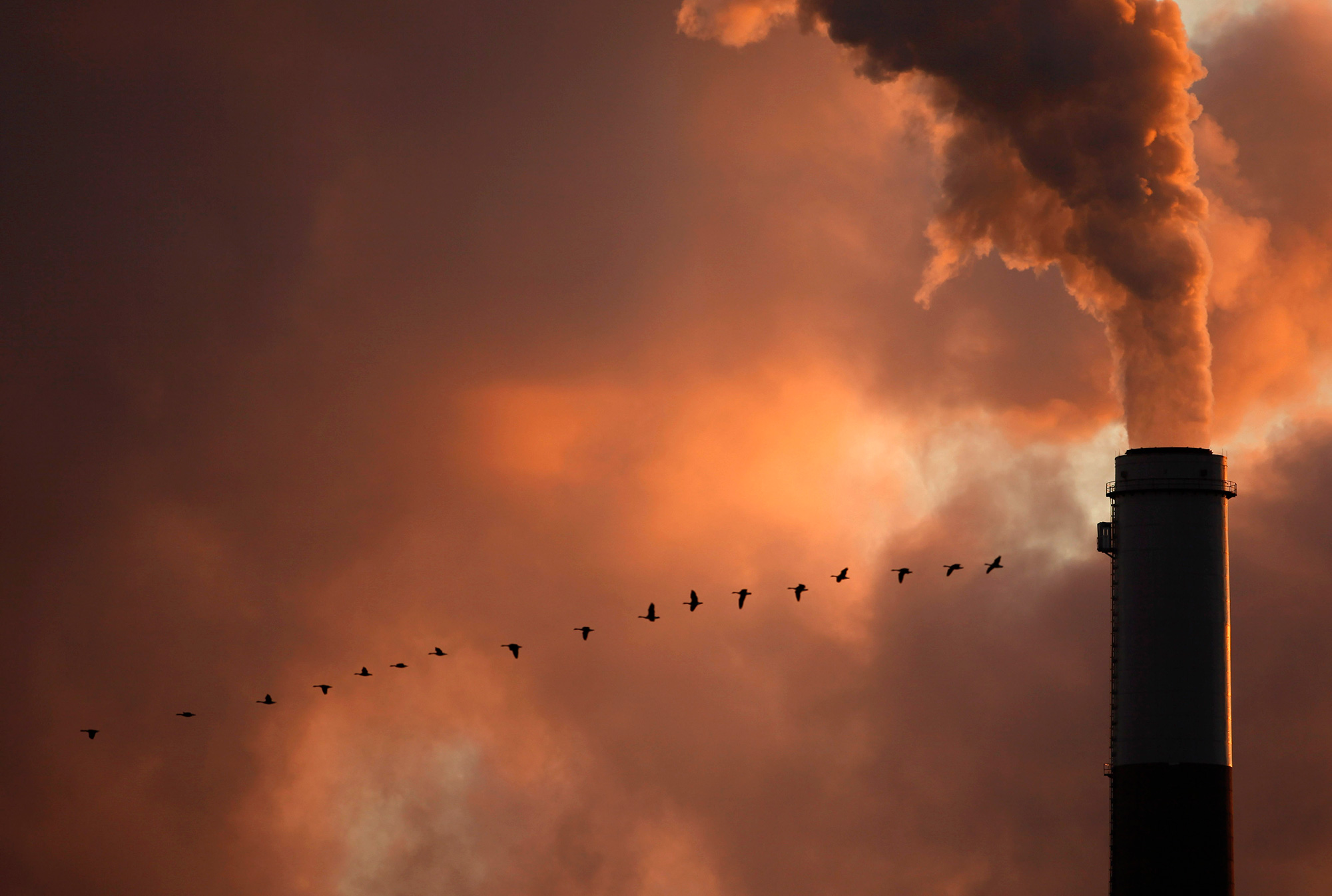Throughout the continental United States, people of color are more likely to be exposed to air pollution than white people, according to a study published Wednesday in the journal Environmental Health Perspectives.
Researchers from the University of Washington explored racial and ethnic disparities by comparing air-pollution levels to census data from 1990, 2000 and 2010. That data included information about income status. Focusing on six major air pollutants, the team’s findings revealed that people of color are, on average, more likely to breathe in polluted air, regardless of income.
While lower-income groups generally faced greater exposure than their wealthier counterparts, those differences were not as pronounced as the racial and ethnic disparities, senior author Julian Marshall told Grist.
“Even if you account for differences in income, you still see disparities,” he said.
The study dovetails with a large body of research showing that decades of segregation and racist housing policies have resulted in people of color being more likely to live near highways, power plants and other sources of pollution.
“This paper is a chance to recognize that, while every community is unique, there are some factors that play out over and over again consistently across our country,” said Marshall, a professor of civil and environmental engineering at UW, in a press release. “If we go state by state, there’s no place where there are no environmental justice concerns.”
While previous research has analyzed air pollution disparities in specific locations during particular time periods, this study is relatively novel in that it provides a national analysis of exposure disparities among racial and ethnic groups, including trends over time in each of the lower 48 states and Washington D.C.
Building on the team’s previous research that showed people of color in the U.S. are disproportionately exposed to nitrogen dioxide, which is emitted in vehicle exhaust, the team expanded their research to include five additional pollutants that have been shown to harm human health. The new study incorporates carbon monoxide, ozone, sulfur dioxide and particulate matter, including both a larger class of particles categorized as PM10, such as dust or pollen, and smaller particles known as PM2.5, which includes harmful molecules in vehicle exhaust.
To determine the concentration of air pollutants for each census year, the researchers compiled pollution estimates from satellite data and EPA monitoring stations. These levels were then overlaid onto census demographic blocks for the contiguous U.S., including the race/ethnicity categories Black, Asian, Hispanic and white.
Disparities varied depending on location, but for all years and all pollutants, people of color had the highest level of exposure. Although pollutant concentrations have declined overall since 1990, when the Clean Air Act was strengthened through a series of amendments, that trend continued in each of the census years.
In 2010, Asian Americans faced the highest levels of transportation-related pollutants such as carbon monoxide and nitrogen dioxide, as well as ozone; Black Americans experienced the greatest exposure to PM2.5 and sulfur dioxide; and Hispanic communities were exposed to the most PM10. With the exclusion of ozone and sulfur dioxide, the average national exposure to pollutants was lowest for white Americans.
Overall, the study shows air quality has improved over the past three decades, yet despite some declines, disparities persist. Environmental justice advocates say clean air protections must be enforced equitably so that communities of color can breathe air as clean as their white counterparts do.
“There have been so many improvements. But we still see these disparities persist, even after two decades,” said lead author Jiawen Liu, a UW doctoral student in civil and environmental engineering. “We hope this information will motivate change.”



